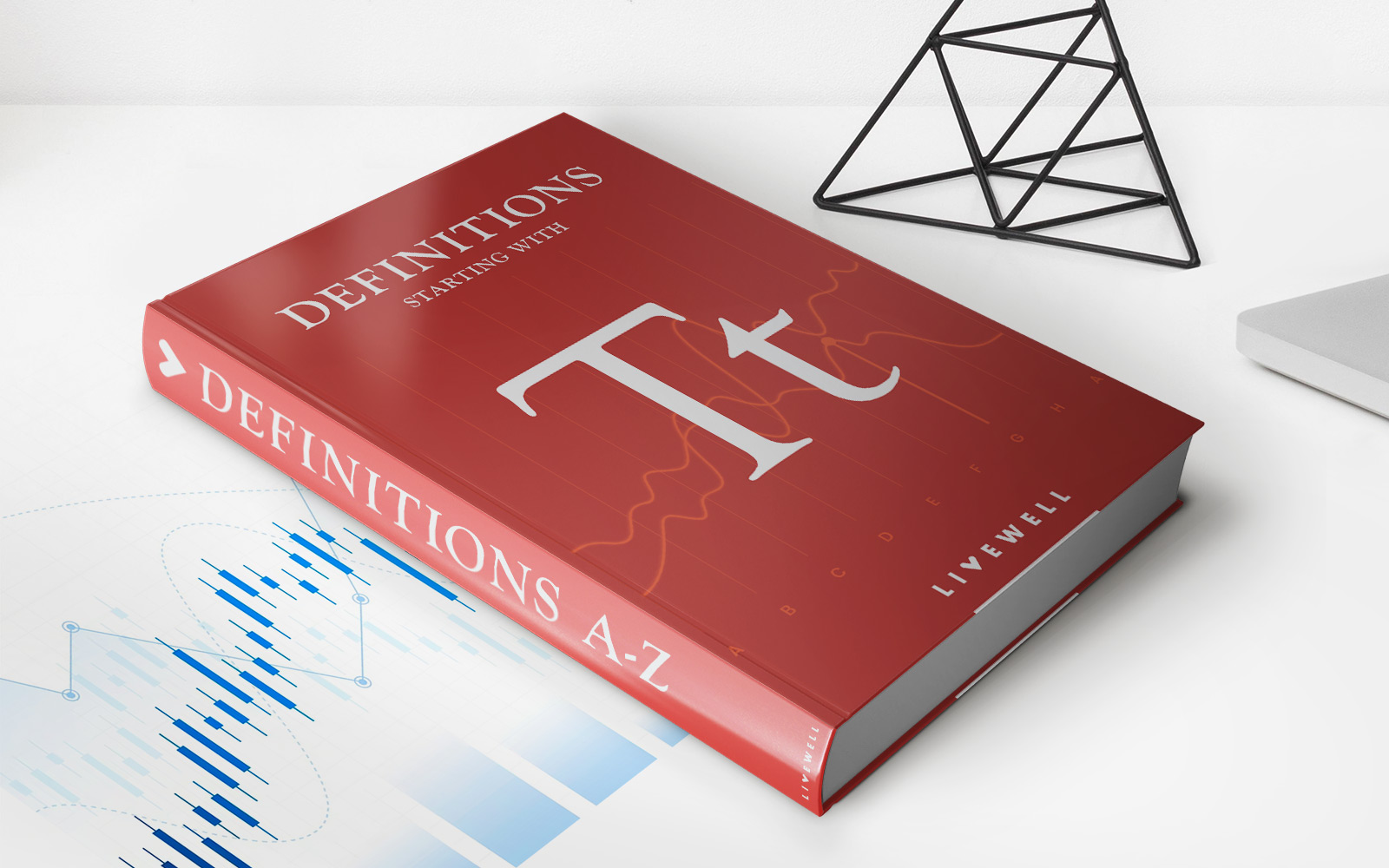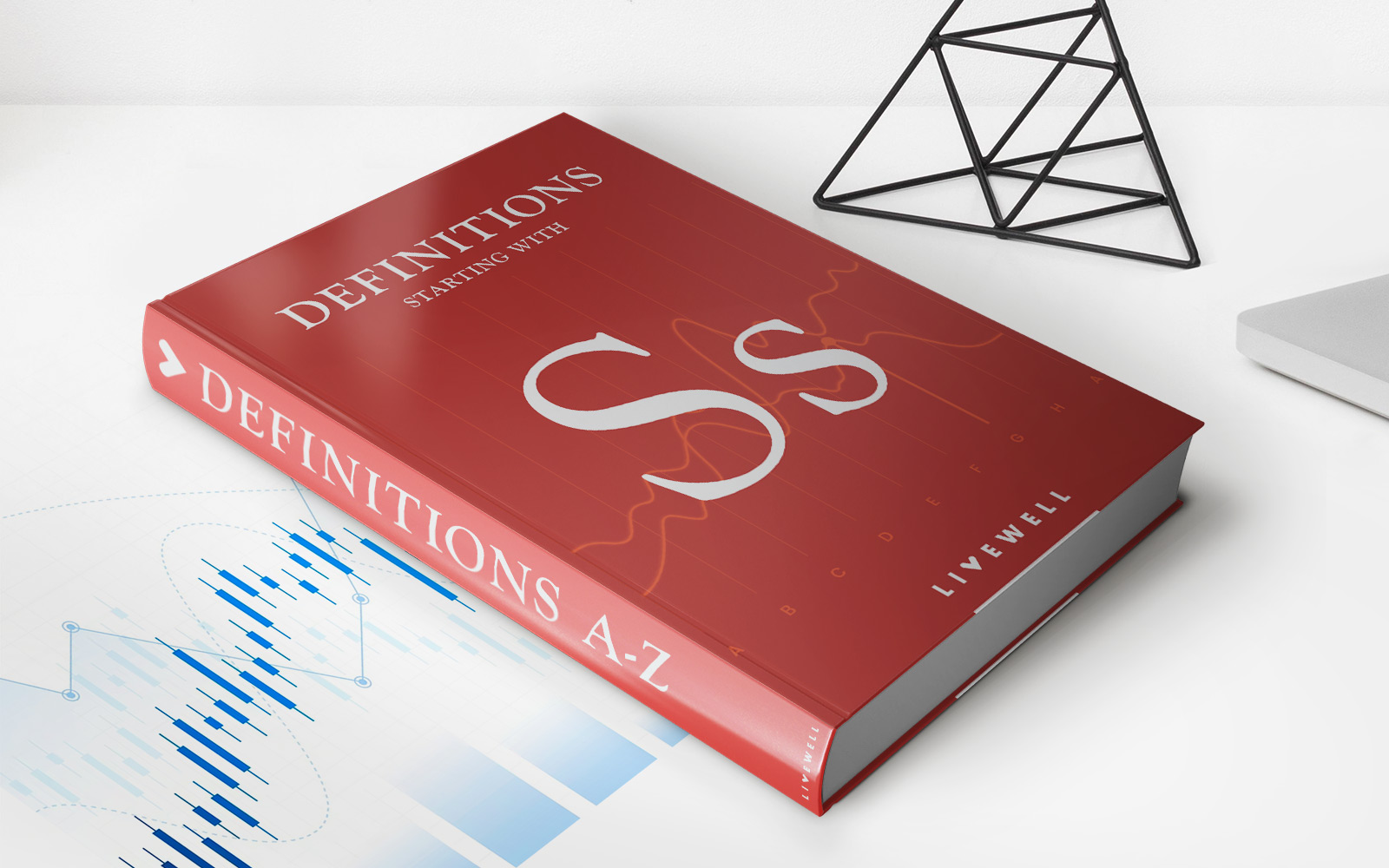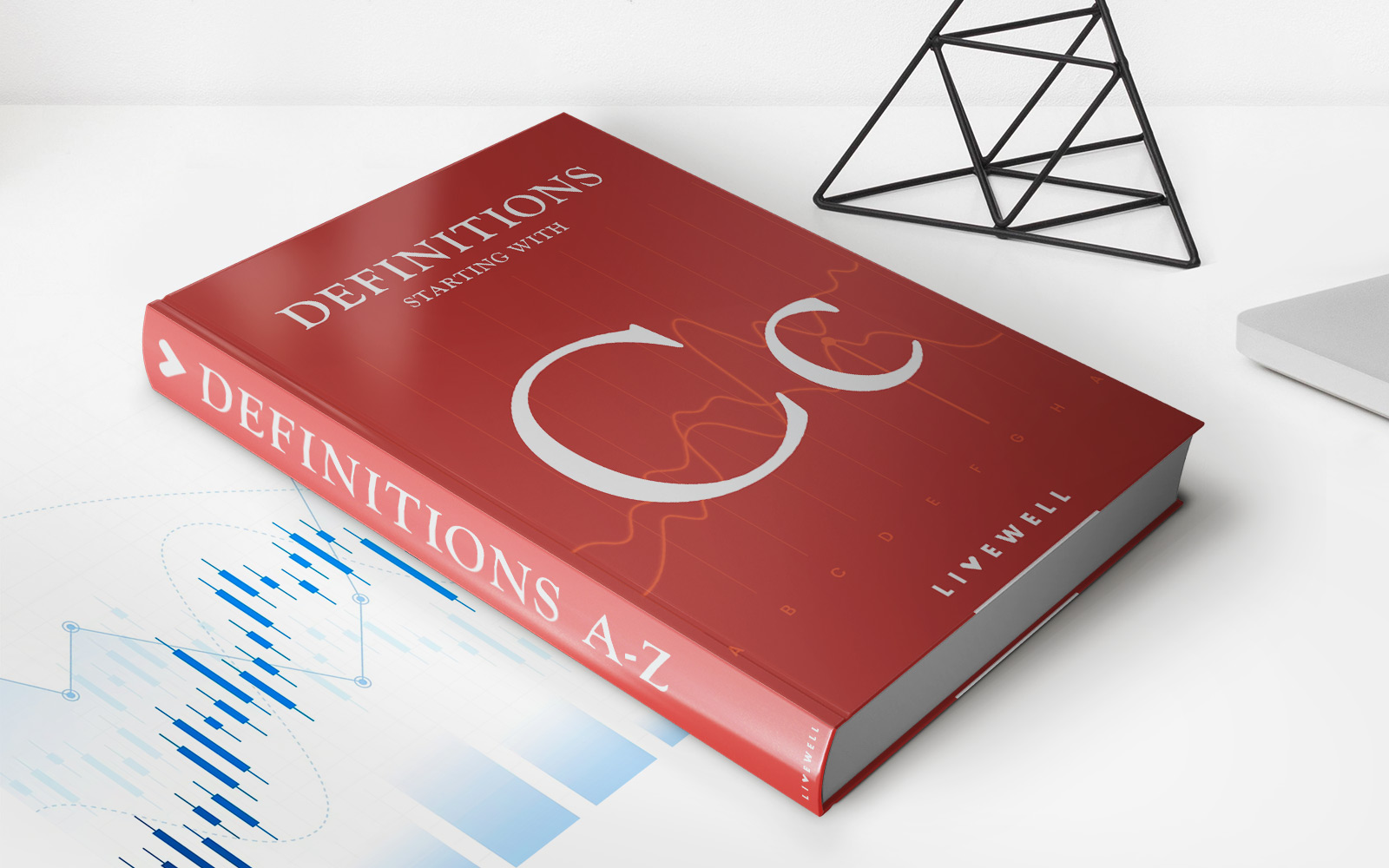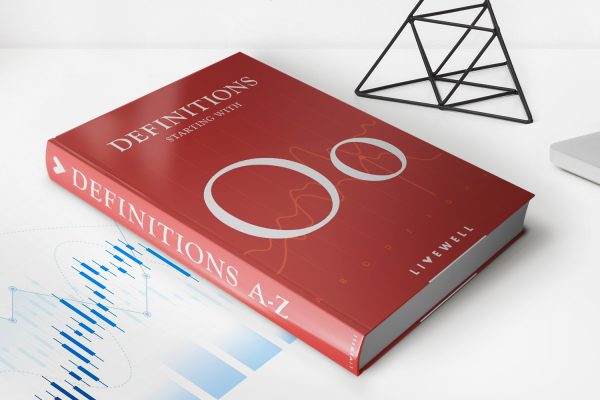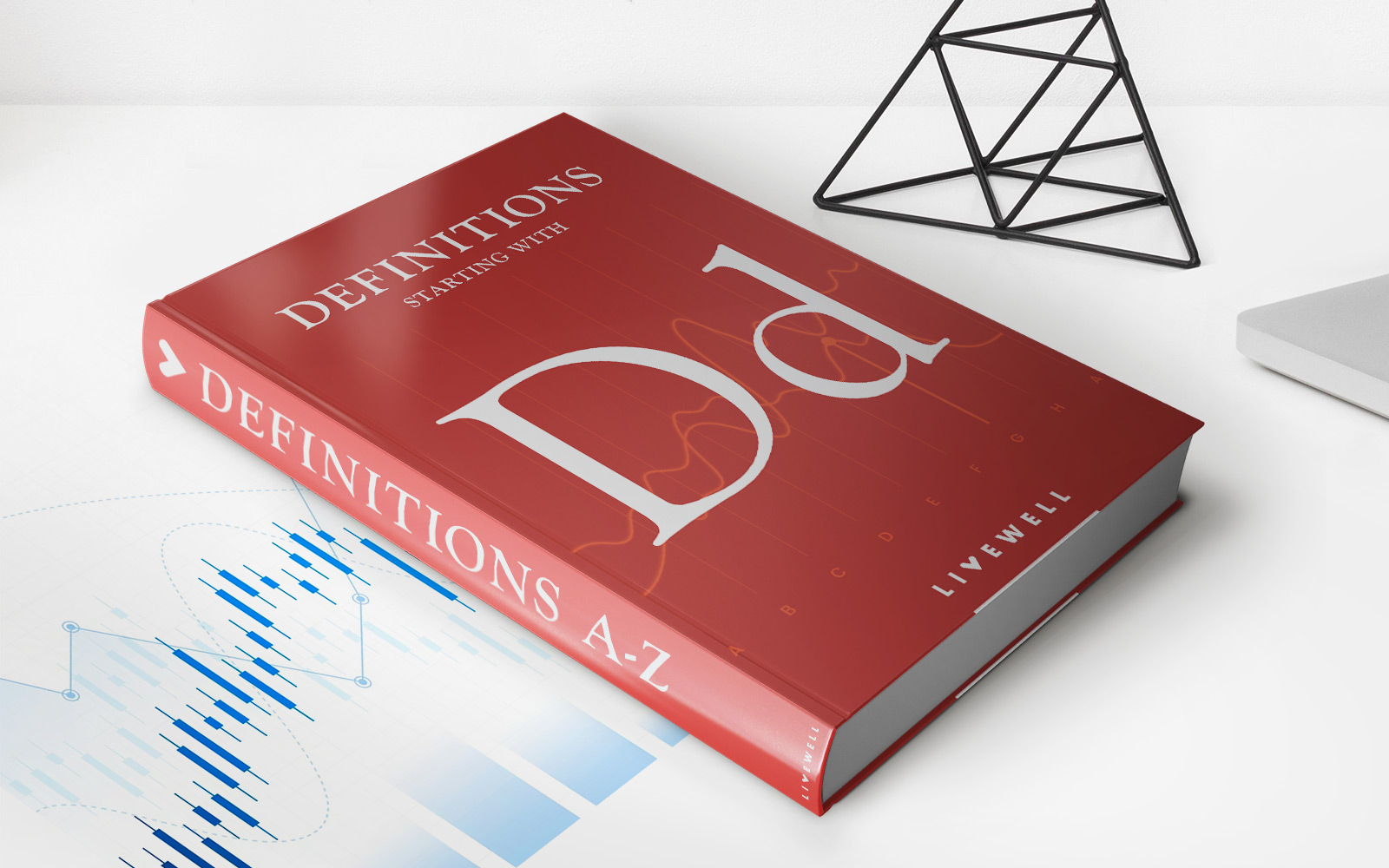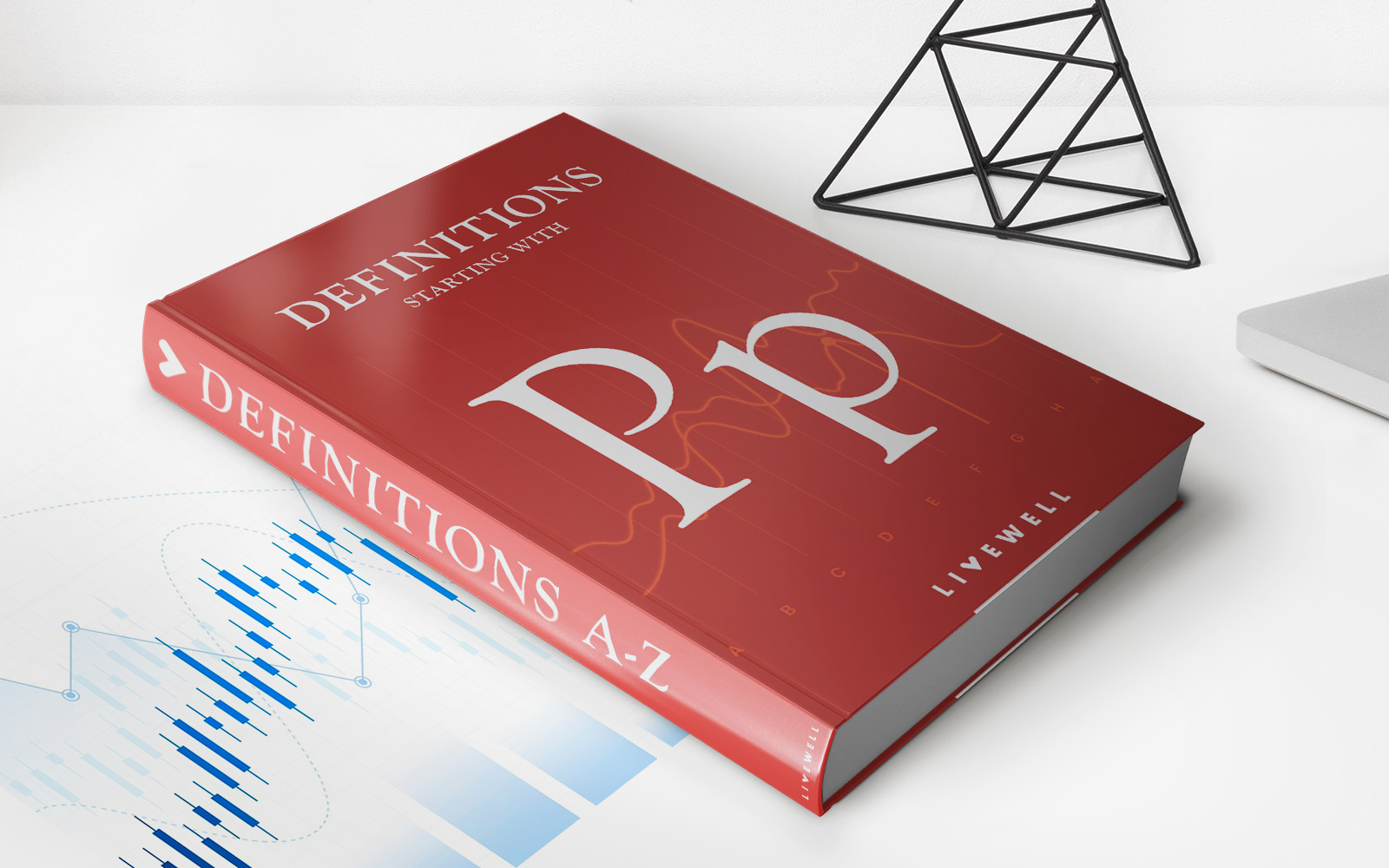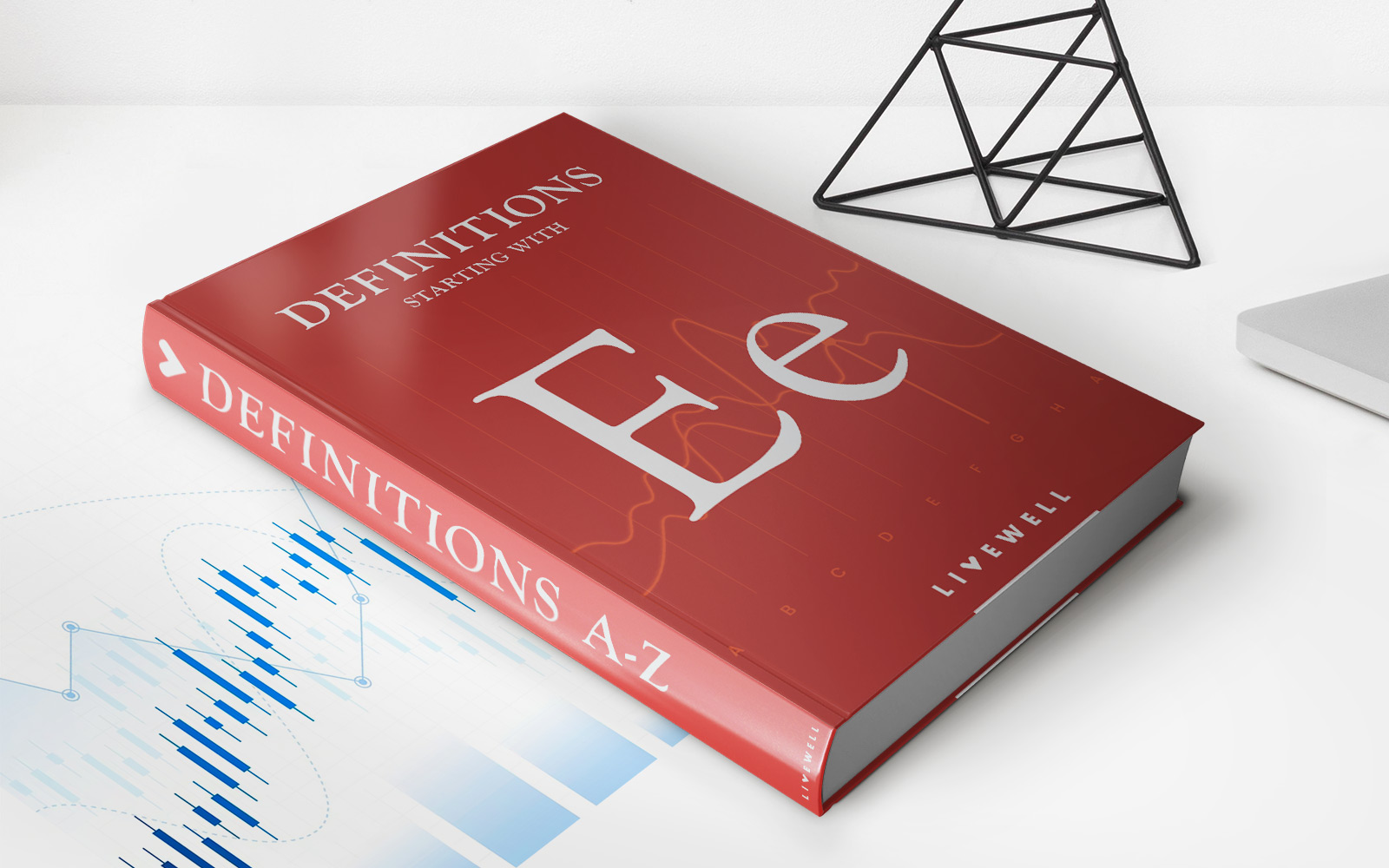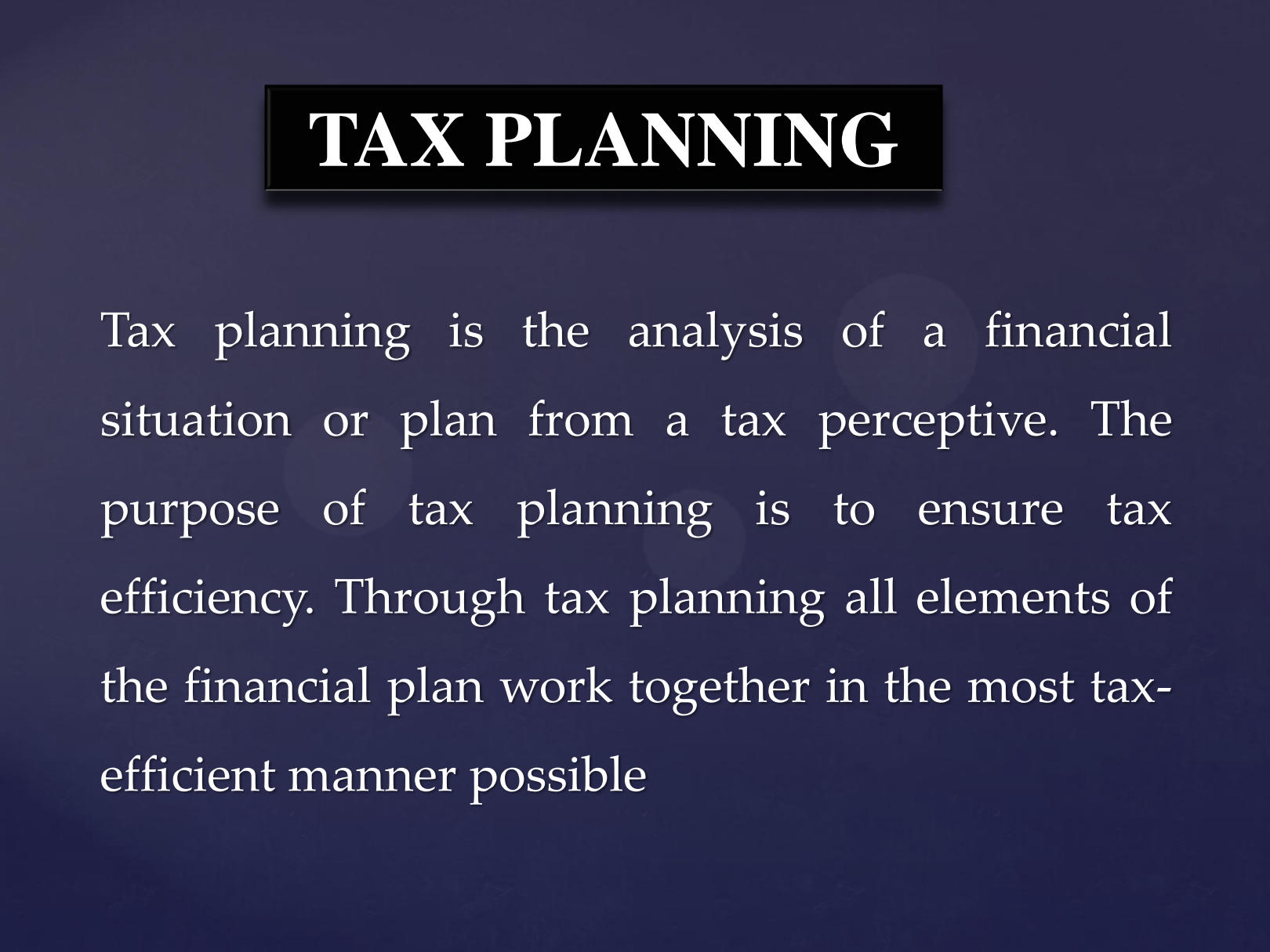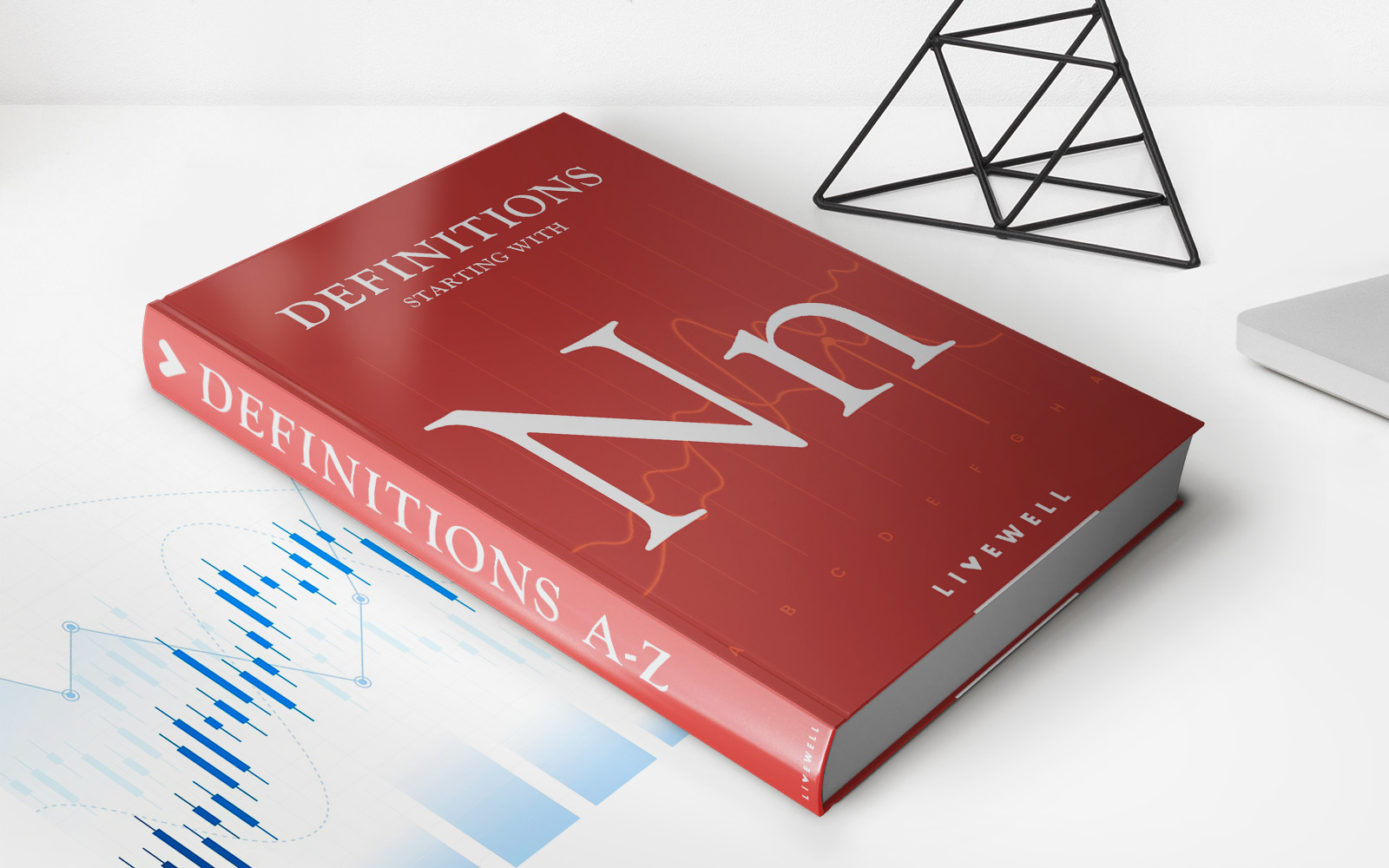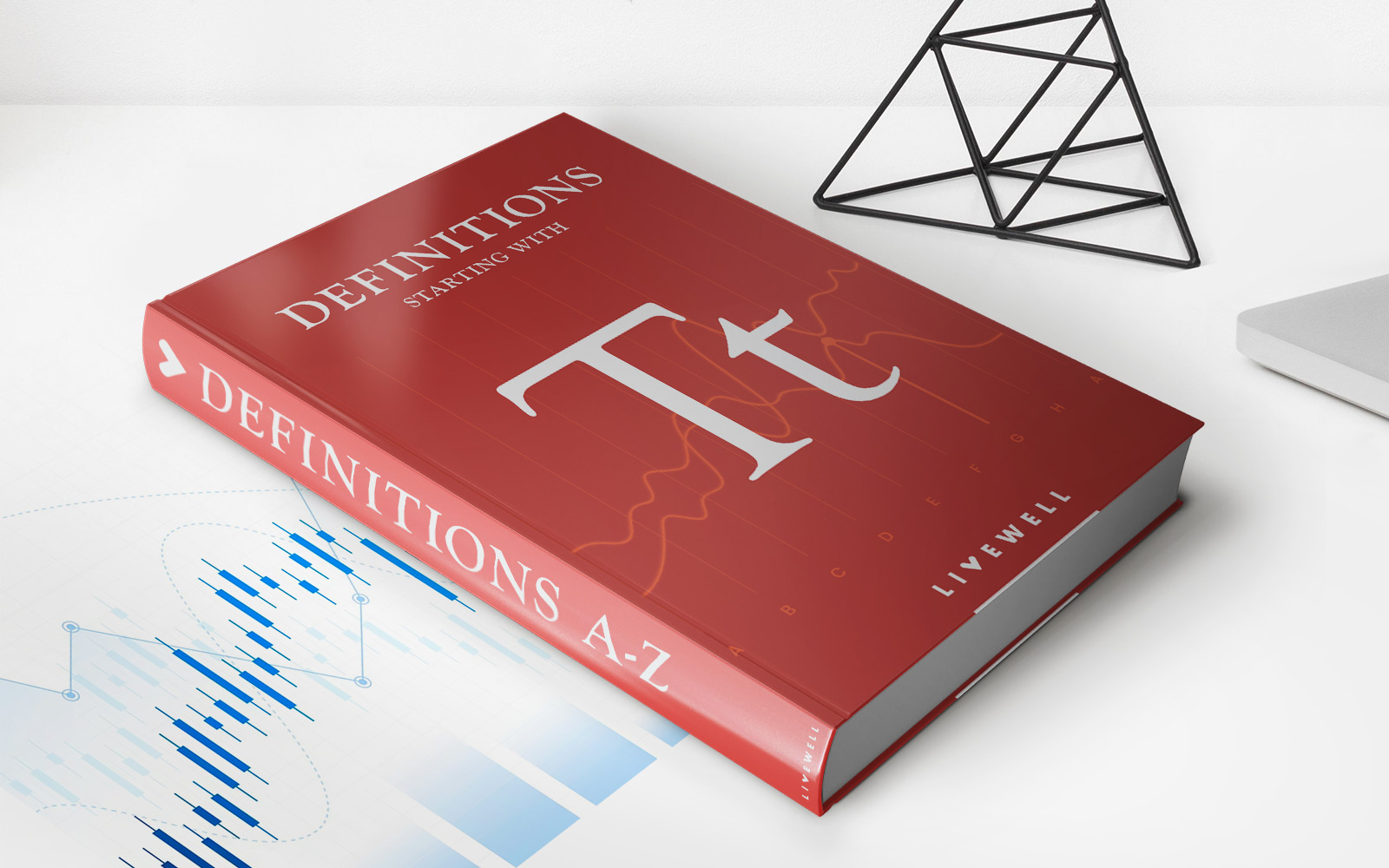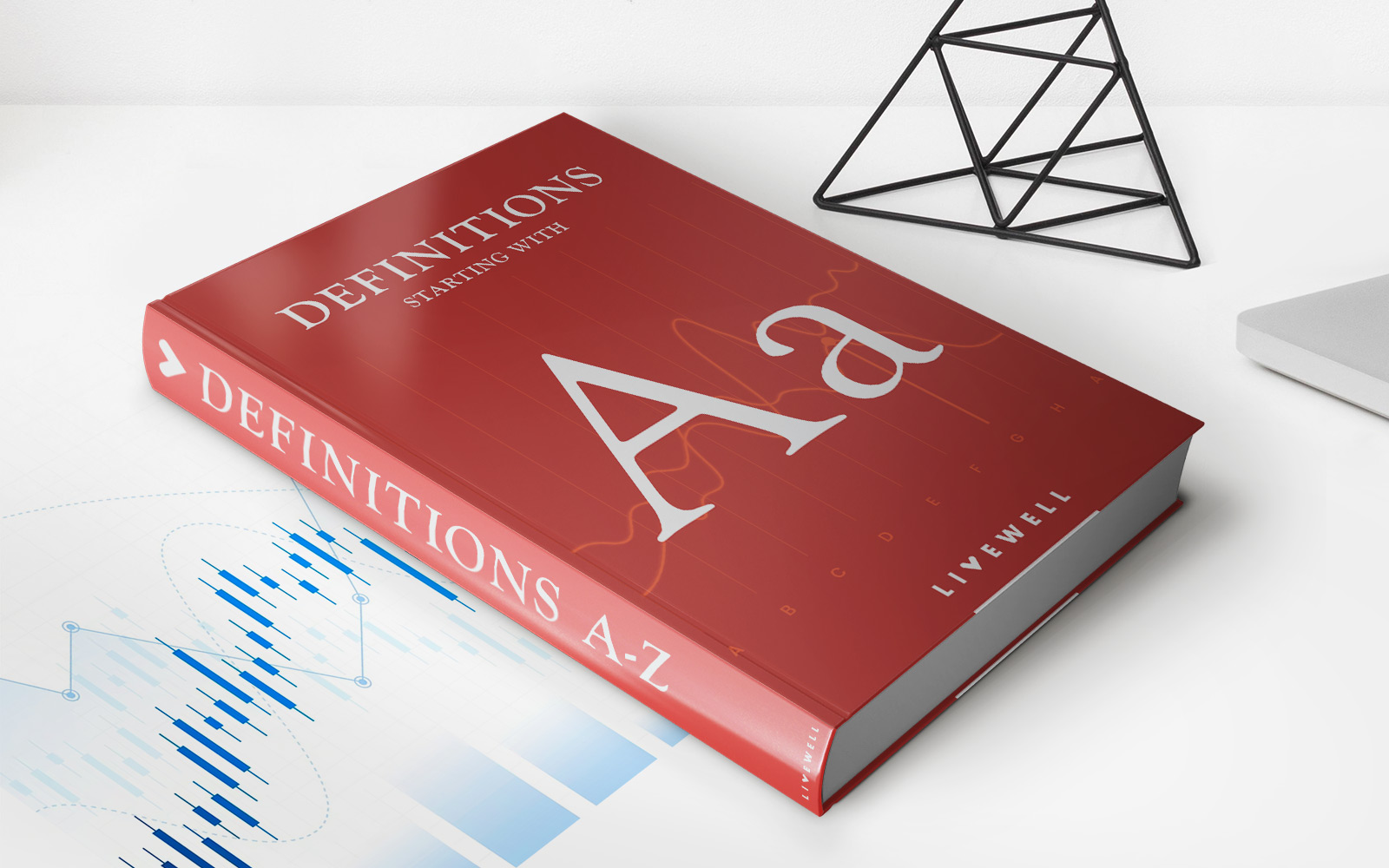Home>Finance>Price Change: Definition, Types, Causes & Effects
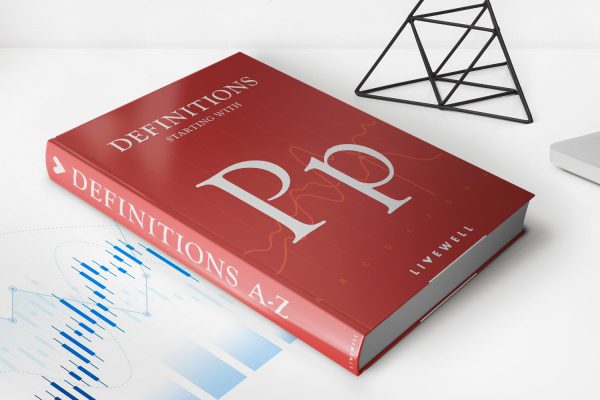

Finance
Price Change: Definition, Types, Causes & Effects
Published: January 10, 2024
Learn about price change in finance including its definition, types, causes, and effects. Discover how price fluctuations can impact various aspects of the financial industry.
(Many of the links in this article redirect to a specific reviewed product. Your purchase of these products through affiliate links helps to generate commission for LiveWell, at no extra cost. Learn more)
Price Change: Definition, Types, Causes & Effects
Finance is a vast field that encompasses various aspects of the economy. One crucial element in this domain is price change. Understanding what price change means, its types, causes, and effects can be essential for individuals and businesses alike. In this blog post, we will delve into the intricacies of price change and shed light on its significance in the financial landscape.
Key Takeaways:
- Price change refers to the alteration in the cost of goods or services over time.
- Types of price change include inflation, deflation, and stagflation, each having distinct characteristics and consequences.
What is Price Change?
Price change, simply put, refers to the fluctuation in the cost of goods or services over time. It is a crucial economic indicator that influences the decisions of consumers, businesses, and policy-makers. By analyzing price changes, economists and financial experts can gain insights into inflation, deflation, and various other economic phenomena.
Types of Price Change
There are three primary types of price change that shape the economic landscape:
- Inflation:
- Deflation:
- Stagflation:
Inflation occurs when the general price level of goods and services rises over a sustained period. This phenomenon erodes the purchasing power of currency, as consumers need to spend more to buy the same amount of goods. Inflation can be caused by factors such as increased demand, supply chain disruptions, or expansionary monetary policies.
Deflation, on the other hand, refers to a sustained decrease in the general price level of goods and services. This phenomenon occurs when there is a decrease in demand, excess production capacity, or contractionary monetary policies. While deflation may seem beneficial to consumers, as prices decrease, it can lead to reduced business investment and economic stagnation.
Stagflation is a unique combination of inflation and economic stagnation. It occurs when there is a rise in prices alongside a slowdown in economic growth. Stagflation can be particularly challenging to address, as traditional monetary and fiscal policies may have limited effectiveness in combating this phenomenon.
Causes and Effects
Price changes are influenced by a multitude of factors, both internal and external to the economy. Some common causes include:
- Changes in supply and demand dynamics
- Government policies and regulations
- Exchange rate fluctuations
- Technological advancements
- Market speculation
The effects of price changes can be far-reaching and impact various stakeholders:
- Consumers: Price changes affect consumers’ purchasing power and their ability to afford goods and services.
- Businesses: Companies must navigate price changes to determine pricing strategies, production costs, and profitability.
- Investors: Price changes impact the value of assets, such as stocks, bonds, and real estate, influencing investment decisions and portfolio performance.
- Government: Policymakers use price change data to make decisions regarding monetary and fiscal policies, aimed at stabilizing the economy.
It is crucial to monitor price changes and understand their causes and effects to make informed financial decisions and adapt to the dynamic economic environment.
Conclusion
Price change is a fundamental concept in finance that significantly impacts individuals, businesses, and the overall economy. Whether it’s experiencing the effects of inflation on everyday purchases or navigating investment decisions in a deflationary environment, understanding price change is essential to financial success. By staying informed and adapting to price fluctuations, individuals and businesses can better navigate the ever-changing economic landscape.
Remember, staying informed is crucial in the world of finance, and we hope this blog post has provided you with valuable insights into the intricacies of price change. Stay tuned for more interesting articles on our finance category!

